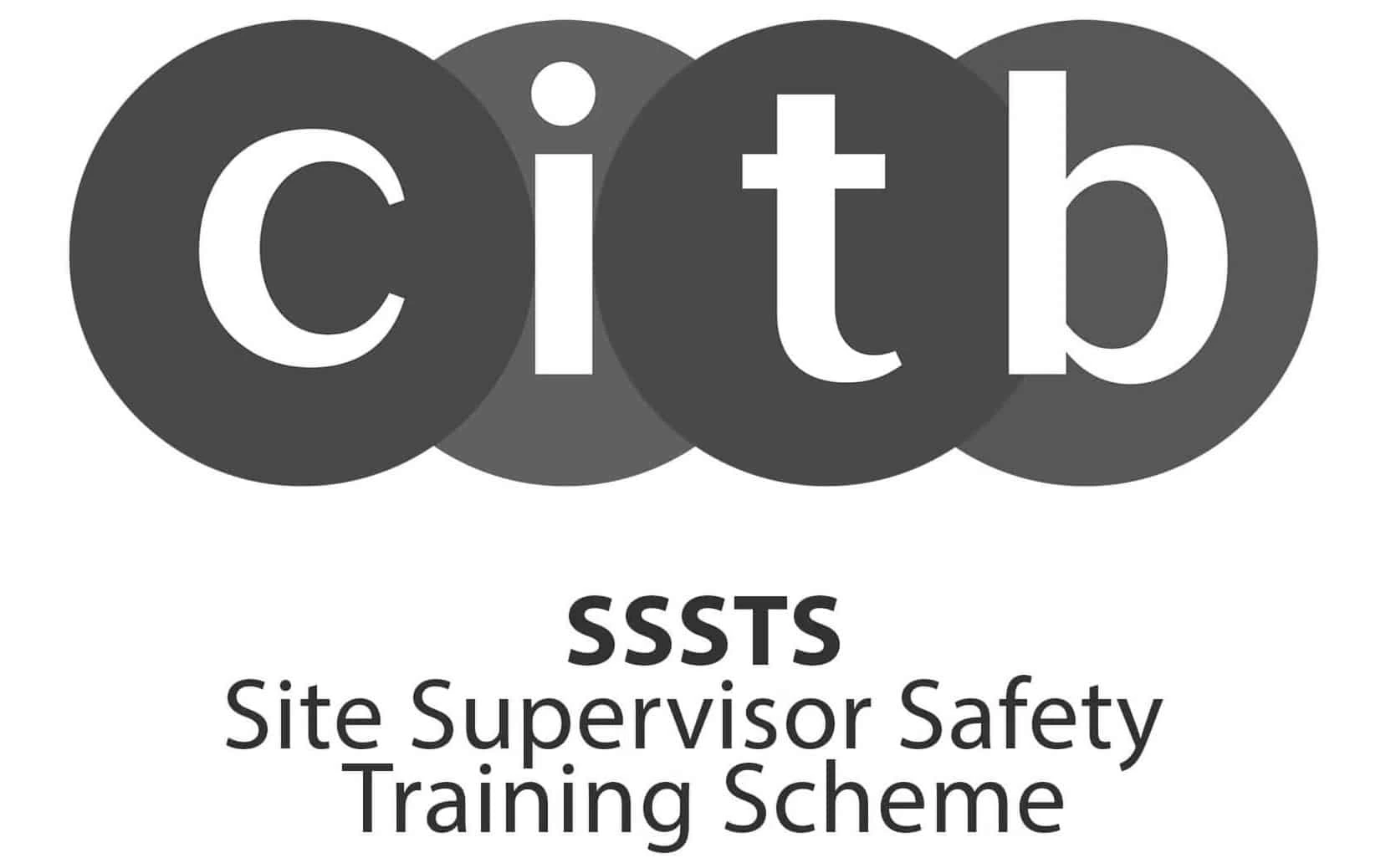Regular cleaning and maintenance of industrial sites help to prevent equipment breakdowns, ensure compliance with safety standards, and create a pleasant working environment for employees. This article explains the different aspects of internal and external industrial cleaning practices.
What is industrial cleaning?
Industrial cleaning is a specialised structure of cleaning practices designed for large-scale facilities, manufacturing plants, warehouses, and medical settings.
Unlike regular commercial or residential cleaning, industrial cleaning involves dealing with larger spaces, heavy-duty equipment, industrial-grade chemicals, unique cleaning challenges, and compliance with stringent industry-specific regulations.
Why is Industrial Cleaning Important?
Industrial cleaning plays a fundamental role in maintaining a safe, efficient, and compliant work environment. Here’s how:
- Employee Safety: Industrial settings often involve machinery, equipment, and processes that generate grease, dust, debris, and other hazardous materials. Regular cleaning helps eliminate these potential safety hazards, reducing the risk of accidents, slips, and falls.
- Equipment Maintainance: Clean machinery and equipment operate more efficiently and have a longer lifespan. Regular industrial cleaning helps prevent the build-up of dirt, grease, and other substances, leading to equipment malfunctions and breakdowns.
- Brand Reputation: In industries such as food production and healthcare, cleanliness is directly linked to quality. Industrial cleaning helps prevent contamination and ensures that products meet stringent quality standards.
- Regulatory Compliance: Industrial facilities are subject to various stringent health and safety regulations. Regular cleaning is essential for compliance with these regulations, ensuring that the workplace meets established cleanliness, hygiene, and safety standards.
External Industrial Cleaning
External industrial cleaning practices focus on a site’s exterior, including facias, roofing, windows, guttering and car parks. These practices are essential for maintaining a safe, visually appealing, and compliant environment. Here are some standard external industrial cleaning practices we provide:
- Roof Cleaning: Cleaning and maintaining the roof of an industrial site is crucial for preventing water damage, mould growth, and structural issues. Roof cleaning involves the removal of debris, algae, and moss using specialist access equipment.
- Car Park Maintenance: Car Parks are subject to heavy traffic and can accumulate dirt, oil, and debris, making your site look unsightly. We use industrial-grade power washers to quickly and easily remove dirt and moss build-up to achieve a clean, well-presented appearance.
- Tank and Silo Cleaning: Storage tanks and silos may require external cleaning to remove dirt, rust, or guano from birds. Regular tank and silo cleaning is essential for preventing contamination and ensuring the integrity and quality of stored materials.
- Graffiti Removal: Industrial facilities may be prone to graffiti attacks, especially in urban or high-traffic areas. We use specialist graffiti removal techniques, such as pressure washing, ice blasting, and steam cleaning, to restore the appearance of external surfaces.
Internal Industrial Cleaning
Internal industrial cleaning refers to the process of cleaning and maintaining the interior spaces of industrial facilities. Here are some standard internal industrial cleaning practices we provide:
- Duct Cleaning: Industrial ventilation systems and ductwork can quickly accumulate dust and debris, hindering performance and impacting air quality. Duct cleaning involves the removal of dust and debris to help maintain the system’s performance, improve air quality, and prevent the spread of airborne particles.
- Floor Scrubbing: Industrial floor scrubbers use water and detergent to scrub and remove dirt, leaving a clean and safe floor space.
- High-Pressure Steam Cleaning: High-pressure steam cleaning uses pressurised steam to clean and sanitise surfaces, removing grease, oil, and dirt from equipment, machinery, and floors.
- Dry Ice Blasting: Dry ice blasting is a non-abrasive cleaning method which uses solid carbon dioxide (dry ice) pellets propelled by compressed air to sanitise surfaces. This method is ideal for cleaning delicate equipment, electrical components, and food storage areas where abrasive cleaning methods and liquids cannot be used.
By letting Real Cleaning Co. take care of your industrial cleaning needs, you can benefit from the expertise and resources of our expert industrial cleaning team, ensuring a clean, safe, and well-maintained site for your employees and visitors.
Learn more about our industrial cleaning services or speak to a team member to discuss your requirements.

















